MARKET OVERVIEW
The Global Acrylic Acid market and industry is quite significant in producing the necessary materials in a number of applications across different industries. Acrylic acid is one of the important chemicals used mainly for the production of superabsorbent polymers, paints, coatings, adhesives, and textiles. The industry has witnessed consistent growth over time, which was because of the increasing demand for materials used in consumer goods, construction, and automotive applications. The chemical is propylene-based, and the wide range of end-use products that can be manufactured with it will continue to increase its demand in the future years.
The Global Acrylic Acid market is pretty vast because this compound finds its major application in the production of superabsorbent polymers, which are essential in the diaper industry and other hygiene products. The demand for these polymers will continue to remain strong, particularly in regions of growing populations and increasing urbanization. Additionally, acrylic acid is used as a monomer in the manufacture of paints and coatings, wherein its properties are durability, adhesion, and flexibility. These factors will continue to be strong market drivers, with a rise in demand in the industrial and commercial sectors.
Another application that plays a significant role is the production of adhesives and sealants. It can provide strong bonding with acrylic acid, therefore ensuring steady growth in demand. Better development of the construction and automotive sectors ensures enhanced demand for performance-enhanced adhesives. This way, more demand will be supported through further requirement for acrylic acid. Furthermore, the textile industry uses acrylic acid in the production of various synthetic fibers, a market that will continue to expand as consumer preferences shift toward durable and cost-effective materials.
Geographically, the Global Acrylic Acid market will be driven by several regions, particularly Asia-Pacific, North America, and Europe. In Asia-Pacific, the consumption will continue with China and India as significant consumers due to their massive manufacturing industries and large population. North America and Europe will also be big markets, mainly for the reasons already explained related to demand that has long existed for superior paints, coatings, and adhesives. Along with these developments, improvements in acrylic acid production technologies will reach those regions and raise efficiency as well as the supply of acrylic acid.
In the forthcoming years, the Global Acrylic Acid market will definitely see the trend of growing the use of bio-based acrylic acid, with sustainability becoming a priority for businesses. Innovation will be a result of the environmental sensitivity of traditional acrylic acid manufacturing processes and will be inspired by the quest for better, more environmentally friendly solutions. Renewable raw materials as well as greener modes of production will become a new dimension of the future market.
Overall, the Global Acrylic Acid market and industry will continue growing because of increasing demand for acrylic acid-based products in various sectors. Industries, consumer preferences, production techniques, and applications of acrylic acid would change with time. With the increase in technological advancements, sustainability, and new applications, the future of the market appears bright, dynamic, and responsive to market requirements.
Global Acrylic Acid market is estimated to reach $8,569.91 Million by 2031; growing at a CAGR of 3.6% from 2024 to 2031.
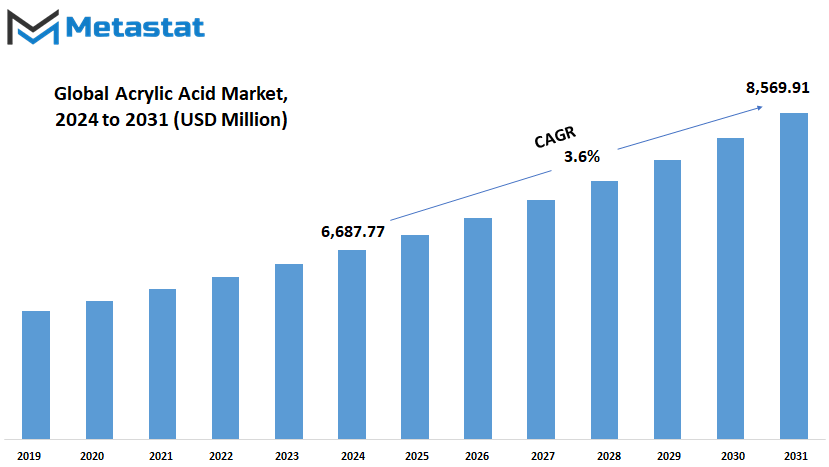
GROWTH FACTORS
The global acrylic acid market, shaped by several factors, is likely to see impressive growth in the near future. Acrylic acid is a vital component for the manufacture of adhesives, paints, and coatings. Over the following years, the market will look forward to growing demand in the construction, automotive, and consumer goods industries for acrylic acid. The foremost advantages of the application in superabsorbent polymers are the reason for its massive use in hygiene products such as diapers and sanitary pads due to excellent water absorption. One of the significant factors that lead to the expansion of the global market for acrylic acid is construction.
Urbanization boosts the demand for paints and adhesives that are more robust and of better quality. This way, the growth in the automobile industry increases the demand for acrylic acid-based products that are used to manufacture vehicles. The impetus of sustainability and the establishment of environmentally friendly products also catalyzed innovation in the use of bio-based acrylic acid, a promising alternative to the traditional forms. The outlook for the global acrylic acid market is very bright but faces a few challenges which may hamper growth. This concern relates to the production process itself and the volatile nature of raw material costs. Harsh regulations concerning emissions reduction and minimization of the adverse effect on the environment might lead producers to invest heavily in cleaner production technologies.
Some of these challenges can be mitigated by the ability of the industry to adapt and innovate. Emerging markets will be bright in the coming years for the global market of acrylic acid. Rapid industrialization and increase in consumer spending in the developing regions create new avenues for the manufacturers. Advances in technology and research would lead to more efficient ways of production and development of novel applications for acrylic acid, thus furthering its market. Another promising aspect is that demand for renewable and sustainable solutions is on the rise. Companies producing bio-based acrylic acid can benefit from this trend and sell eco-friendly products to an eco-sensitive consumer base. Initiatives like these are in-line with global sustainability goals; hence, the attention and traction it may gain from investment as well as customer channels would be substantial.
MARKET SEGMENTATION
By Type
The Global Acrylic Acid Market is expected to have immense growth opportunities in the future with the growing demand for different end-use products and the versatility of the applications. Acrylic acid is an important ingredient used for producing superabsorbent polymers, adhesives, coatings, and textiles, making it a fundamental chemical in industries. Its applications make it a cornerstone of industrial manufacturing, and as economies expand and technologies evolve, the demand for acrylic acid will probably continue its upward trend. By type, the market is categorized into acrylate esters, glacial acrylic acid, and others.
Acrylate esters, valued at 3,306.36, form the largest segment, reflecting their extensive use in adhesives, paints, and coatings. These products are very crucial for industries such as construction and automotive, which are growing steadily due to increased infrastructural development and urbanization globally. On the other hand, glacial acrylic acid, valued at 2,475.38, is a critical raw material in the production of superabsorbent polymers, which are used in hygiene products, such as diapers and sanitary napkins. In the wake of an increased global population and consumer preferences for better hygiene and convenience, this segment is poised to grow steadily. Other smaller niche applications that come at 906.03 include size, as well as address the unique requirements of industries, which can be expected to increase at least with technological progress and innovations. Going forward, it can be seen that sustainability along with environmental considerations is fuelling the Global Acrylic Acid Market to grow. As manufacturers are paying more attention to bio-based acrylic acid so as to gain distance from fossil fuels with strict environmental regulation compliance, a shift in that direction, while addressing environmental concerns, actually creates new pathways for development since environmentally responsible consumers and businesses respond to the changing landscape.
Additionally, it is expected that the surging demand for water treatment products and renewable energy sources would further fuel the market. Given its role in producing stable and efficient coatings, acrylic acid is an integral part in these emerging sectors. Improving production efficiency and making it applicable in more widespread ways will probably characterize this market’s future.
Therefore, in its various segments, the global acrylic acid market is very promising with growth potential in it. The demand for this substance will be on an upward trend with a dynamic, growing market catering to diversified world needs, as the time goes on with industrial evolution and technology.
By Application
Global Acrylic Acid market The future looks bright for it as an expanded and accommodative source for several sectors' change in needs. Being one of the raw materials from which many commodities are made, acrylic acid has emerged as a product of varied industries due to its inherent specific chemical properties. The application-based classification for the market includes surface coatings, adhesives and sealants, plastic additives, detergents, textiles, among others. Every category has an indispensable role in defining the future landscape of this market and holds varied opportunities for growth and innovation.
Acrylic acid is an essential ingredient in surface coatings that can make coatings durable and high performance. The demand for such coatings will continue to rise with construction and automotive industries' need for advanced materials to further the longevity and efficiency of their products. This trend reflects the effort continuously being put into the production of environment-friendly coatings which emit lesser while keeping their quality high. Also, since infrastructure development is in full speed around the globe, demand for tough coatings will be higher thus acrylic acid will be driven ahead.
High-acrylate-based adhesives and sealants with the help of acrylic acid also contribute to the growth in this market. More and more industrial demand for this is due to high bonding strength and flexibility. Greater options with acrylic acid based adhesives call up reliability. Applications within this range are more often seen with packaging, electronics, construction where precise performances play their very role. Greater demand upon sustainability and also more on efforts on the bio-based adhesive also open new windows here.
Some of the applications for acrylic acid include detergents and textiles. This is because it is useful in the enhancement of detergent cleaning efficiency and water solubility. The industry also uses it in its production to make fabrics resistant to wrinkles and shrinkage, hence fulfilling consumer demands over quality clothing.
The global acrylic acid market, given its versatility and the importance of this chemical in different sectors, would be crucial for shaping future manufacturing and sustainability.
|
Forecast Period |
2024-2031 |
|
Market Size in 2024 |
$6,687.77 million |
|
Market Size by 2031 |
$8,569.91 Million |
|
Growth Rate from 2024 to 2031 |
3.6% |
|
Base Year |
2022 |
|
Regions Covered |
North America, Europe, Asia-Pacific Green, South America, Middle East & Africa |
REGIONAL ANALYSIS
The Acrylic Acid market spans several regions across the globe. All these regions contribute to the growth and development of the market. North America, Europe, Asia-Pacific, South America, and the Middle East & Africa are the major regions in driving the market. The United States, Canada, and Mexico are the important countries in North America shaping the market. The region has experienced consistent demand for the acrylate acid, mainly in areas of application such as adhesives and paints and coatings. As a successive technological development, growth from the North American Market seems to be maintained mainly owing to increased awareness concerning sustainable materials and evolving in manufacturing process technology.
The major countries with more significant contributions in this category are the United Kingdom and Germany, France and also Italy in Europe for Global Acrylic Acid. Acrylic acid is expected to see steady growth in demand across applications in Europe such as in construction, automotive and also in textiles. Trends like environment-friendly solutions, increase in regulatory supports in pursuing sustainability would drive up growth in the market within that region. Moreover, the focus on innovation, which has now gained momentum in the past few years, especially in green chemistry, will increase the growth of the market, especially in Germany and France.
Asia-Pacific can be considered the most promising region for the global market of Acrylic Acid. Major players from China, India, Japan, and South Korea are leading this market toward a significant degree of development in this region. Although china is still the biggest consumer of this acid because of its fast growing industry, it also requires that chemical in other applications too. India is fast-growing industrialized and having growth in population with increasing the urbanization; it enhances the demand of acrylic acid in construction, automotive sectors, and textiles. This region's market is likely to grow rapidly as more manufacturers adopt acrylic acid-based products, driven by low-cost production and a growing demand for innovative materials.
South America, comprising countries such as Brazil and Argentina, is a growth region in the global Acrylic Acid market. Although the market in this region is still developing, economic growth and increasing industrial activities are expected to boost demand for acrylic acid in the near future. Brazil is also a strong chemical industry country with ongoing infrastructure projects that make it a significant player in South America's acrylic acid market.
Slow, steady rise in demand comes forth in the Middle East and Africa region, which will be from countries like UAE, Saudi Arabia, Egypt, and South Africa. Economic diversification in that region, along with ever-growing industrial activities, promises to create new opportunities to increase the market. This region, with fast growth in the infrastructure sector and high expansion in the chemical sector, is expected to maintain a demand level of acrylic acid in the coming time.
The future for each of these regions would look promising, as each region would remain very relevant to the global Acrylic Acid market. Innovation into the production processes and use of eco-friendly solutions in all regions would determine a bright future for the industry with sustainability at the front end.
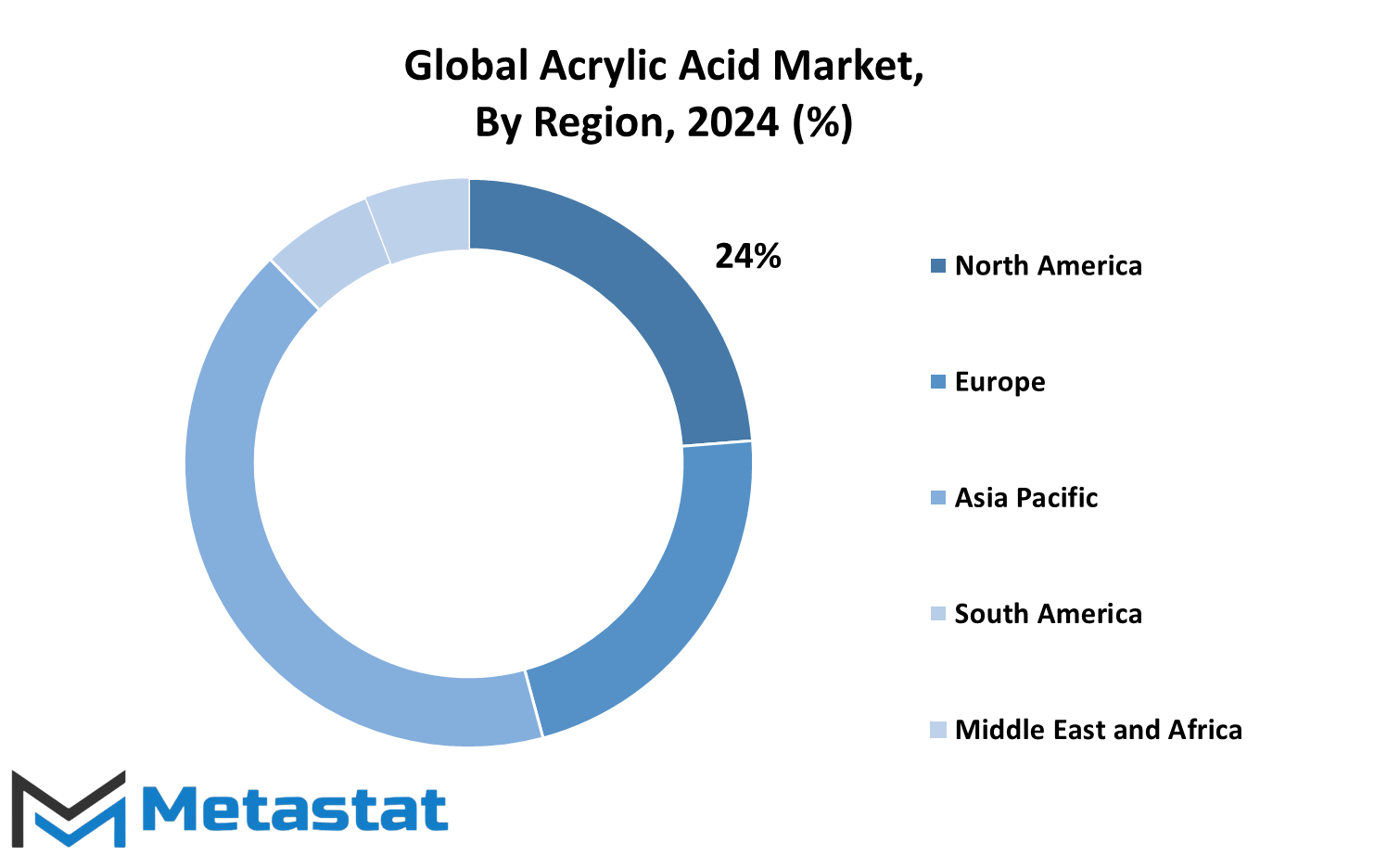
COMPETITIVE PLAYERS
Global Acrylic Acid is a market that is dominated by many strong and competitive players fighting for significant shares and looking to be at the cutting edge of innovation and sustainability. At the top of the list are BASF SE, Dow Chemical, and Lucite International, companies with years of experience and technological advancement in the industry. All these players are well-equipped to control the market with diversified ranges of products and advanced processes of manufacturing so that they continue to meet the rapidly growing demands for acrylic acid in applications such as adhesives, paints, and plastics.
Highly aggressive is the market competition and so also, respective niches by players like LG Chem, Mitsubishi Chemical Corporation, and Sasol Limited find, which mainly focuses on the increase of production capacity along with their products' quality. The major global demand of acrylic acid has primarily led to investment on research and development by the above-mentioned companies since its huge application in superabsorbent polymers and paints. Setting their feet firm by investments in advanced technologies and innovative applications, they are providing the platform for long-term growth and ensuring their stake in the competitive landscape of the industry.
The Nippon Shokubai Co., Ltd is also one of the renowned players, which is renowned for producing high-quality acrylic acid and also for ensuring sustainable practices. Most of the leading companies, which include The Lubrizol Corporation and Arkema S.A., have already started putting much attention towards greener production methods to reduce their carbon footprint for operations. These are most likely to shape the foundation for the subsequent years with growing demands for greener solutions by governments as well as consumers.
As the demand for acrylic acid continues to rise in the global market, Ashland, Kemira Oyi, and Acuro Organics Limited will be crucial players in the market as they strengthen their supply chain and secure strategic partnerships to remain at the top of this highly competitive landscape, focusing on localization and the steady supply of raw materials.
Going forward, this will mainly depend on competitive players for the future developments of the Global Acrylic Acid market and is determined by their ability to evolve according to new market circumstances, by being open to innovation and also, by placing importance in the sustainability factors. All this makes for such companies concerned with innovative strategies and increasing markets, which can take not only competitive roles within their markets but also contribute to future developments within the market for acrylic acids.
Acrylic Acid Market Key Segments:
By Type
- Acrylate Esters
- Glacial Acrylic Acid
- Other
By Application
- Surface Coatings
- Adhesives & Sealants
- Plastic Additives
- Detergents
- Textiles
- Other
Key Global Acrylic Acid Industry Players
- BASF SE
- Dow Chemical
- Lucite International
- LG Chem
- Mitsubishi Chemical Corporation
- Sasol Limited
- Nippon Shokubai Co., Ltd.
- SNP Inc.
- The Lubrizol Corporation
- Formosa Plastic Corporation
- Arkema S.A.
- Ashland
- Kemira Oyi
- Acuro Organics Limited
WHAT REPORT PROVIDES
- Full in-depth analysis of the parent Industry
- Important changes in market and its dynamics
- Segmentation details of the market
- Former, on-going, and projected market analysis in terms of volume and value
- Assessment of niche industry developments
- Market share analysis
- Key strategies of major players
- Emerging segments and regional growth potential



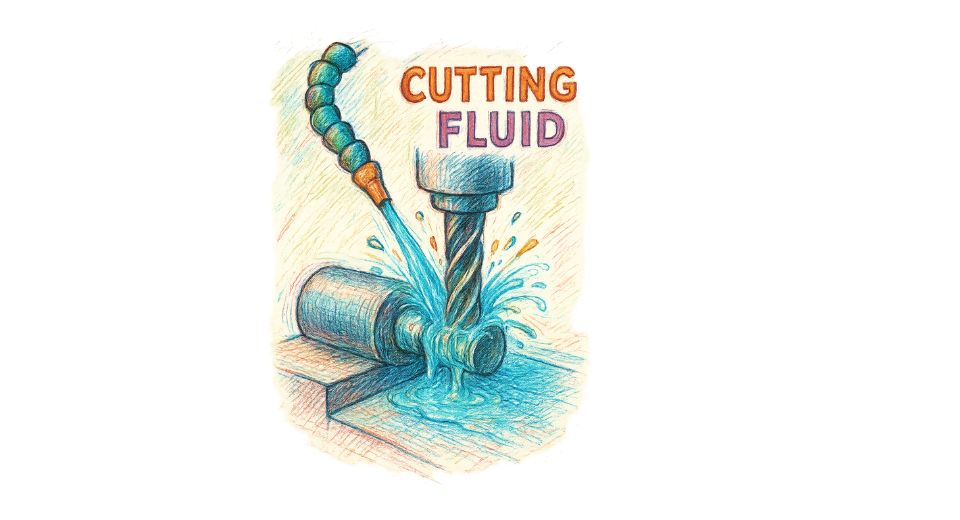
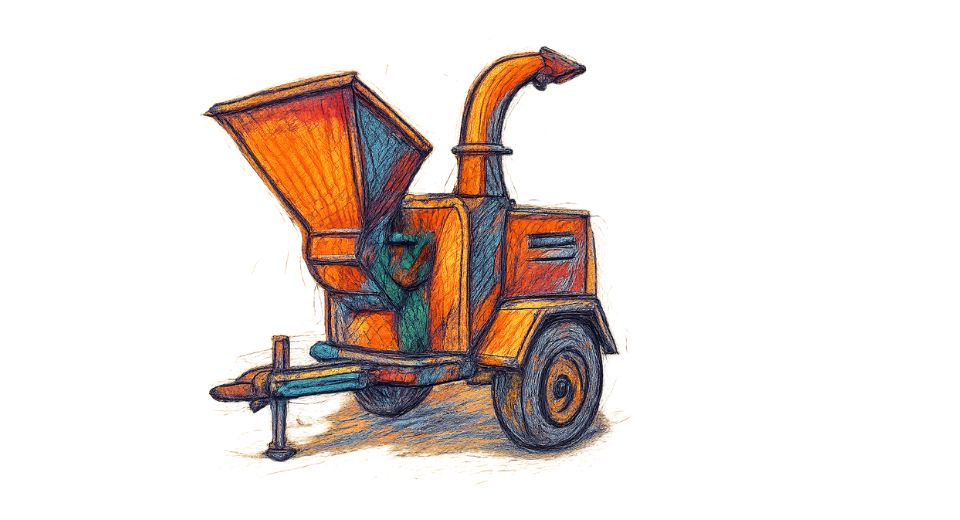
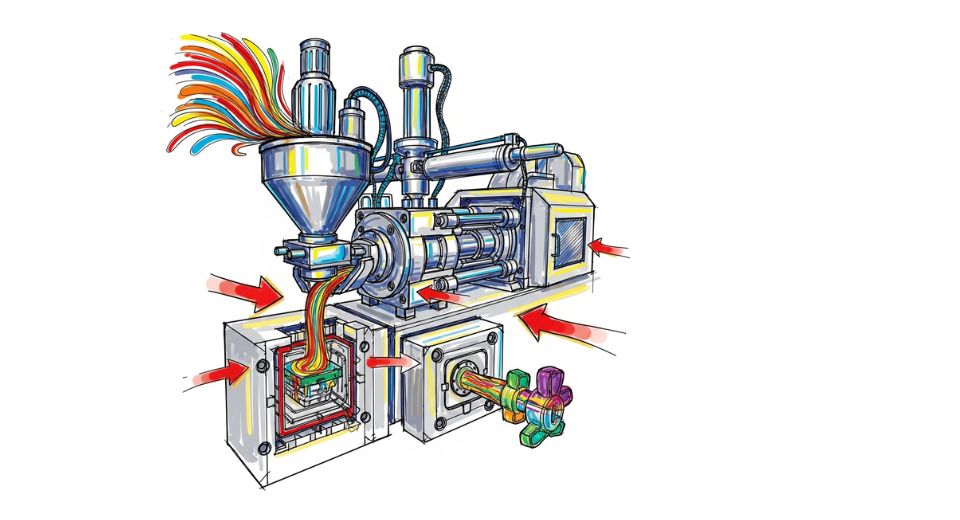
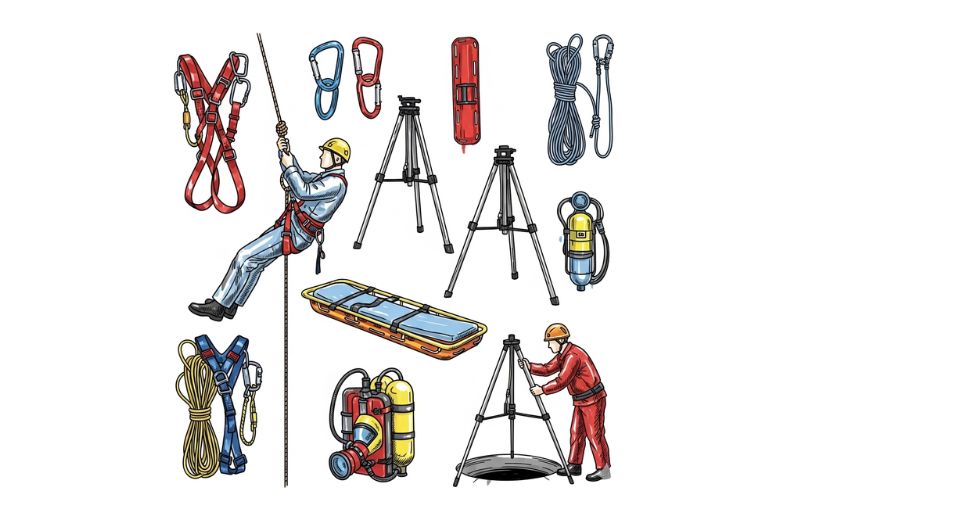

 US: +1 3023308252
US: +1 3023308252






